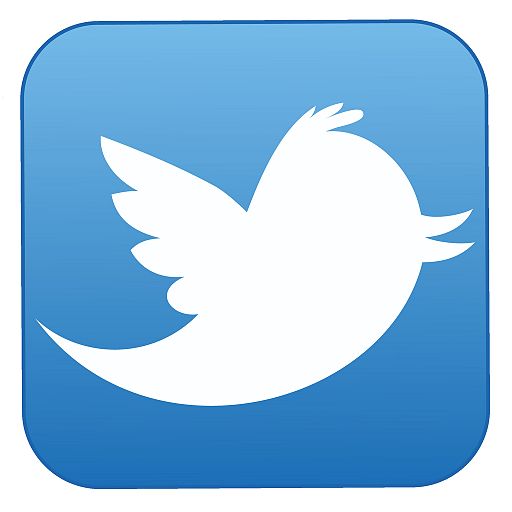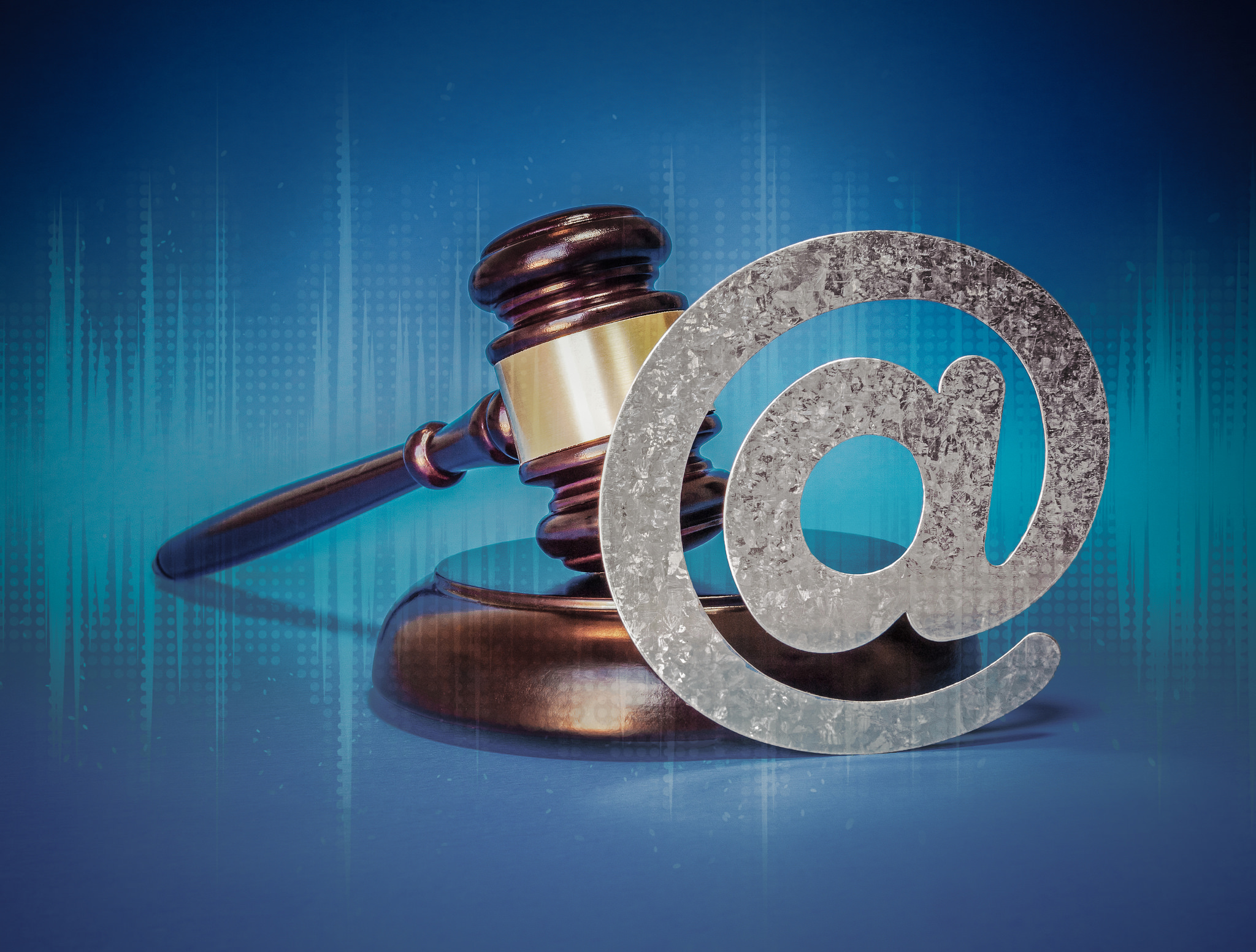Twitter Troubles
Published on November 7, 2016, at 3:58 p.m.
by Ashley Stults.
In recent years, social media has become an even bigger part of public relations. With the creation of Facebook, Twitter and Instagram, access to information is now easier than ever. Although all were launched within six years of each other, these three platforms have evolved at different rates and serve the PR industry in various ways.
2004
Launched in 2004, Facebook was created as a way for college students to network. Today, Facebook has users of all demographics, ranging from kids to grandparents to businesses. With more than 1.4 billion users and 900 million site visits per day, businesses flock to Facebook to promote themselves.
2006
Created to be a site where one message could reach all your friends, Twitter was the brainchild of two computer programmers: software engineer and a software developer. The appeal of instantaneous messages and user interaction appealed to the PR world. Twitter soon became a staple in the world of branding, advertising and PR.

2010
After just two months of being launched, Instagram had over one million users. Now, Instagram has 150 million active monthly users.
News outlets, companies and people alike flocked to Twitter as a way to stay updated on all the latest information pertaining to their interests. Twitter appeals to many in the world of PR because it reaches a large, diverse audience in an easy way. While Twitter has seen growth in certain areas in recent years, many PR practitioners and companies have begun to question its effectiveness due to a delayed progression compared to other social media outlets.
Advertising
Facebook was, and some still say is, expected to phase out within a few years. With that being said, Facebook and Instagram are two of the most used networks for advertising. Because of their larger reach and strategic metrics, Facebook and Instagram have been deemed by many as the better advertising option.
While Twitter targets its content as well, a constant complaint is made that Twitter breeds internet trolls. As a result, spam and bots have taken a stronghold on Twitter, making it hard to determine which accounts are real or fake.
“Twitter has done a poor job of monitoring trolling and internet abuse,” said Brandt LaPish, director of marketing at Tuscaloosa Tourism and Sports Commission.

Twitter has thus become less appealing to brands and companies due to its clutter of spam. On the other hand, Facebook has evolved in such a way that attracts advertisers and at the same time discourages spamming.
Timeliness
American society is accustomed to instant information. With breaking news and celebrity scandals, people enjoy down-to-the-minute updates. Part of Twitter’s appeal was its ability to give users access to information instantly. While Facebook is now also a common site for news, the instantaneous news feed of Twitter appealed to many in the PR world. Now, through updates, Twitter is often criticized for being hard to follow, confusing and for presenting an overload of information.
“Twitter hasn’t evolved the way it should have,” LaPish said.
Christy Johnson, founder and creative director of Crash 14 Consulting, echoed this sentiment, saying, “Twitter is this generation’s MySpace.”
While other social media sites have adapted to trends, Twitter tends to be behind. Instagram added a story section to mimic Snapchat, and Facebook added live feed to compete with Periscope. Twitter has yet to add similar features.
“Twitter doesn’t keep up with competition,” Johnson said.
The way people choose to consume information is constantly changing and the evolution of Twitter, so far, has not taken this into account compared to other outlets. Controlling spam and updating its site to be more relevant would greatly help Twitter.
While Twitter was once one of the most used sites during a crisis, Facebook has rivaled it with the launch of live feed. Organizations and people alike utilize Facebook Live after crises. PR practitioners can greatly benefit from the live stream because it allows people to interact with the video while it’s happening. Compared to Twitter, Facebook Live offers a more personal experience for users.
User interaction
“Twitter is almost an afterthought for brands,” Johnson said. “It used to connect brands to people in a way that was never possible before. You could reach out to a person or brand and possibly get a response.”
Today’s society tends to favor information in the form of videos. Content consumption drives social media evaluation, and many PR practitioners believe that Twitter was late to the trend.
“Video is more engaging, and Twitter took a while to get there,” Johnson said.
Instagram and Facebook videos play automatically as the users scrolls, while Twitter videos only play automatically if they’re under a certain amount of time. From a PR standpoint, the easier it is for a user to consume information, the better.
While all social media sites serve a purpose in the PR industry, the evaluation of each has a great impact on its success. With brands and companies striving to reach large audiences easily, sites that have great reach and targeted audiences appeal to practitioners. Twitter was once the “king” of social media, but without proper evolution, it has slipped in the ranks in the PR world. It might just be time for Twitter to consider integrating with another platform, or simply rebrand itself.




